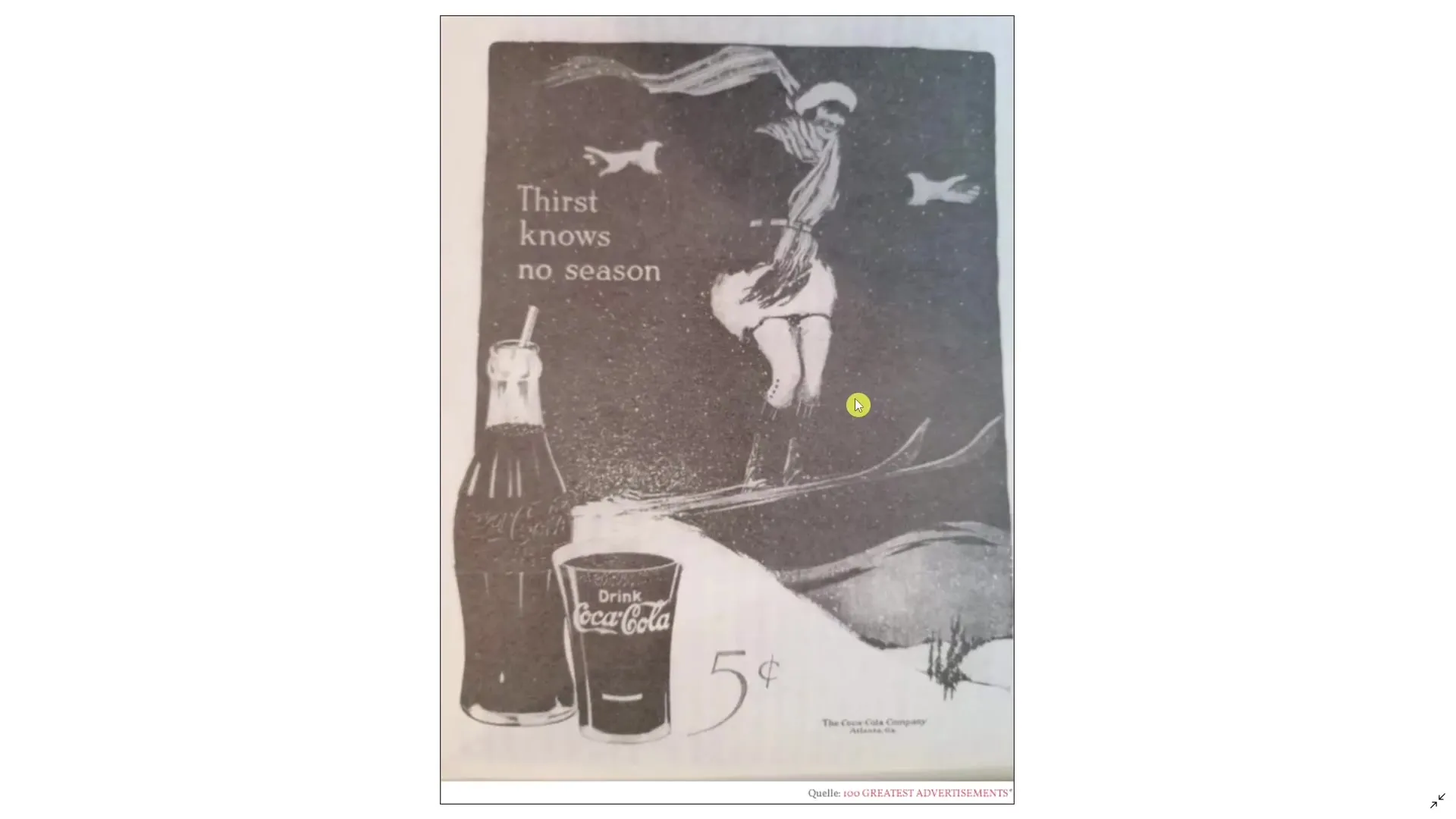Coca-Cola is not just a beverage, but a symbol of refreshment and enjoyment. In this tutorial, you will learn how Coca-Cola managed to successfully market its products outside of the summer months. Using a classic example, you will discover the principles of copywriting and the psychology behind the successful marketing of this brand.
Key Insights
Coca-Cola was able to successfully increase its sales in winter by creating memorable slogans and by using seasonal symbols, such as Santa Claus, to change consumers' perceptions. The slogan "Thirst knows no season" demonstrates how targeted communication can effectively alter consumption behavior.
Step-by-Step Guide
Step 1: Understanding the Market
Prior to launching its winter marketing strategies, Coca-Cola's soft drink was mainly associated with warm months. Little sales occurred in winter as consumers did not view it as a suitable refreshment for cold times. The initial challenge was to change the consumers' perspectives.
Step 2: Developing a Memorable Slogan
Coca-Cola introduced the slogan "Thirst knows no season," to convey the idea that consuming a refreshment in winter is completely acceptable. This was a key innovation in marketing and led to a turning point in sales figures.

Step 3: Promotion through Visual Communication
In addition to the catchy slogan, Coca-Cola utilized an emotional visual language. An image of a skier alongside the slogan created positive associations. The image was not only appealing but also connected to winter activities, promoting the consumption of Coca-Cola during the cold season.
Step 4: Continuing the Marketing Successes
Over time, Coca-Cola expanded its marketing strategy by incorporating Santa Claus and other winter motifs. These characters became part of the brand identity and contributed to reinforcing the message that Coca-Cola can be consumed in winter.
Step 5: Integration into Overall Brand Communication
Coca-Cola's advertising during the Christmas season strengthened the existing emotional connection between the product and special life moments, such as family gatherings and Christmas celebrations. This targeted integration helped establish Coca-Cola as an essential part of winter.
Step 6: Measuring Success and Future Strategies
These changes enabled Coca-Cola to sell more beverages in winter than in summer subsequently, which is exceptional in the beverage industry. Companies should leverage this success to develop further creative strategies tailored to current consumer interests.
Summary
In this guide, you learned how Coca-Cola, through creative and strategic copywriting, not only increased sales in winter but also built an entirely new relationship between consumers and their product. Using a memorable slogan and targeted visual communication can significantly influence consumption behavior.
Frequently Asked Questions
What was Coca-Cola's central slogan for the winter season?The central slogan was "Thirst knows no season."
How did Coca-Cola increase its sales in winter?Through creative advertising and emotional associations like Santa Claus and winter motifs.
What role do visual elements play in marketing?Visual elements create an emotional connection and support the brand message more effectively.
Does Coca-Cola still use seasonal advertising strategies today?Yes, Coca-Cola continues to rely on seasonal advertising strategies, especially concerning Christmas and summer.
Is Coca-Cola a good example of copywriting?Yes, Coca-Cola is considered a pioneer in effective copywriting techniques and creative marketing strategies.


